When it comes to designing and building a new home, there are many different styles to choose from. From modern and contemporary to craftsman and farmhouse to colonial and traditional designs, each style has its own unique aesthetic and functional features. In this article, we’ll explore the key characteristics of modern, craftsman, farmhouse, modern contemporary, modern transitional, and contemporary styles to help you determine which one might be the best fit for your new home.
Modern Style:
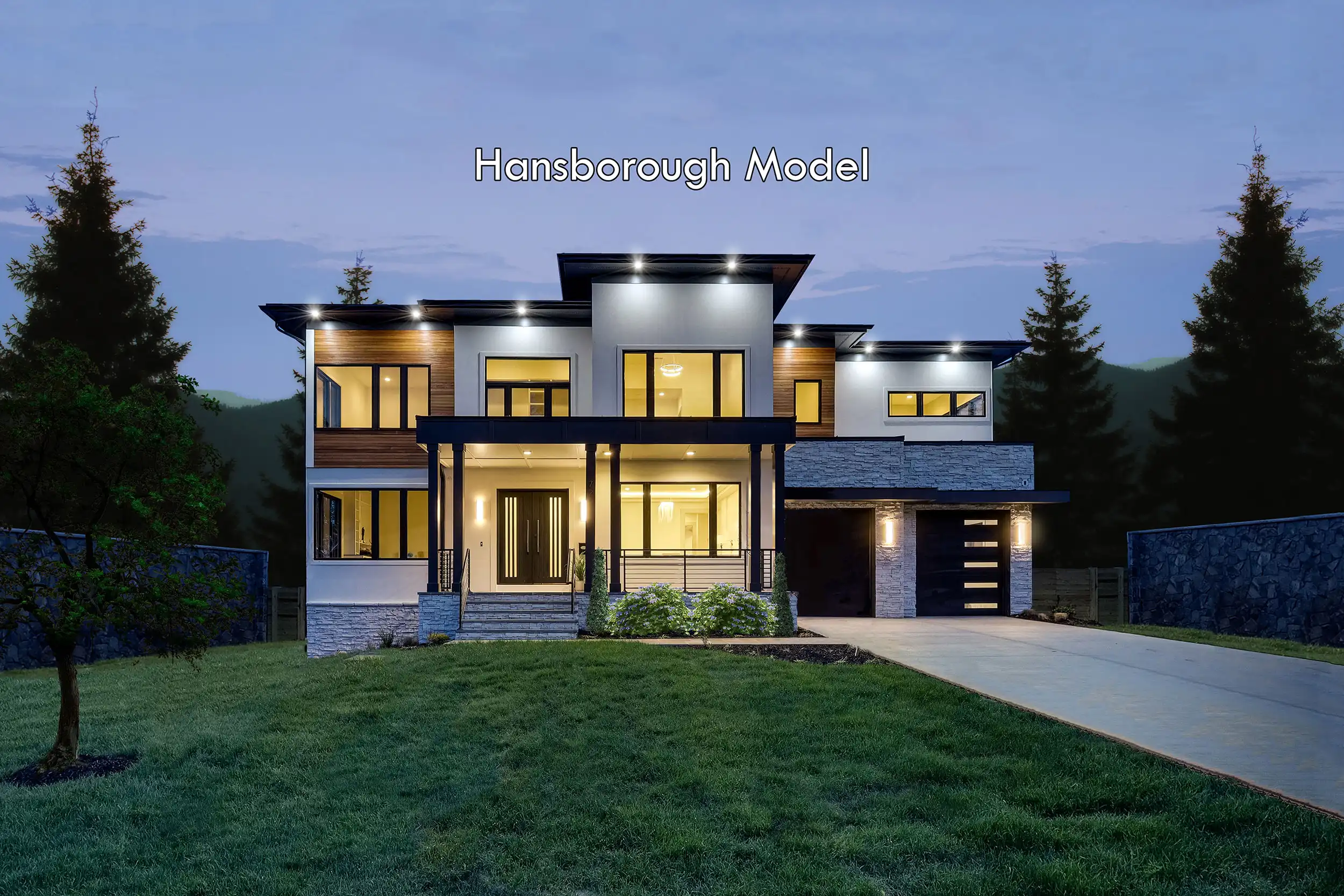
Modern style, which originated in the early 21st century, is characterized by a sleek, minimalist aesthetic that emphasizes simplicity and functionality. It often incorporates clean lines, neutral colors, and a focus on functionality. Examples of modern design elements include large windows, open floor plans, and a lack of ornamentation. Modern style is often associated with a more contemporary and forward-thinking aesthetic, and it is particularly well-suited for those who value simplicity and a clean, uncluttered look. Some key features of modern style include:
- Clean lines
- Neutral colors
- Large windows
- Open floor plans
Craftsman Style:
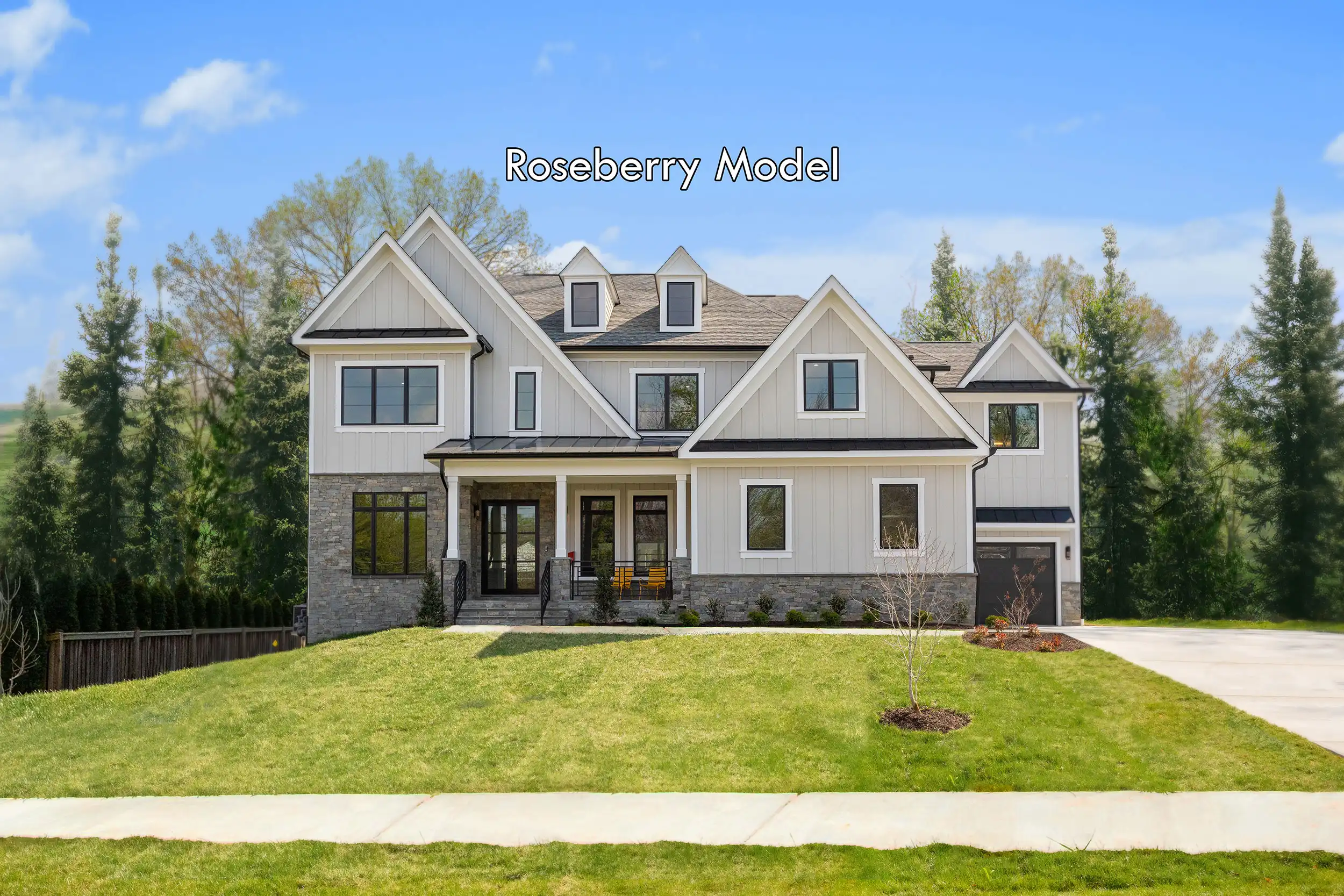
Craftsman style, which originated in the late 20th centuries, is characterized by a more traditional, handmade aesthetic that emphasizes craftsmanship and attention to detail. It often incorporates natural materials, warm colors, and a focus on intricate details and ornamentation. Examples of craftsman design elements include exposed wood beams, handcrafted furniture, and natural stone or brick accents. Craftsman style is often associated with a more traditional and timeless look, and it is particularly well-suited for those who value tradition and the beauty of handmade items. Some key features of craftsman style include:
- Natural materials, such as wood and stone
- Warm colors
- Exposed wood beams and handcrafted furniture
- Attention to detail and ornamentation
Farmhouse Style:
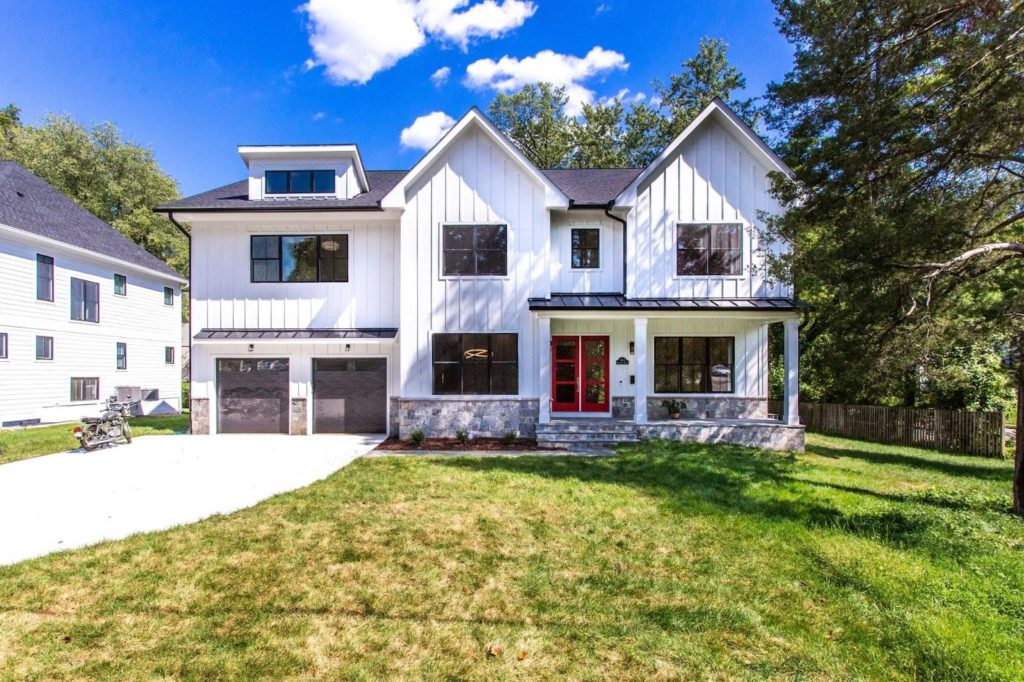
Farmhouse style, which originated in the 19th century, is characterized by a rustic, homey aesthetic that incorporates natural materials, warm colors, and a focus on comfort and functionality. It often incorporates elements such as wood beams, shiplap walls, and farmhouse sinks. Examples of farmhouse design elements include distressed wood furniture, neutral color schemes, and repurposed or vintage accents. Farmhouse style is particularly well-suited for those who value a cozy, welcoming feel and a connection to nature. Some key features of farmhouse style include:
- Natural materials, such as wood and stone
- Warm colors, such as whites and beiges
- Distressed wood furniture and vintage accents
- A focus on comfort and functionality
Modern Contemporary Style:
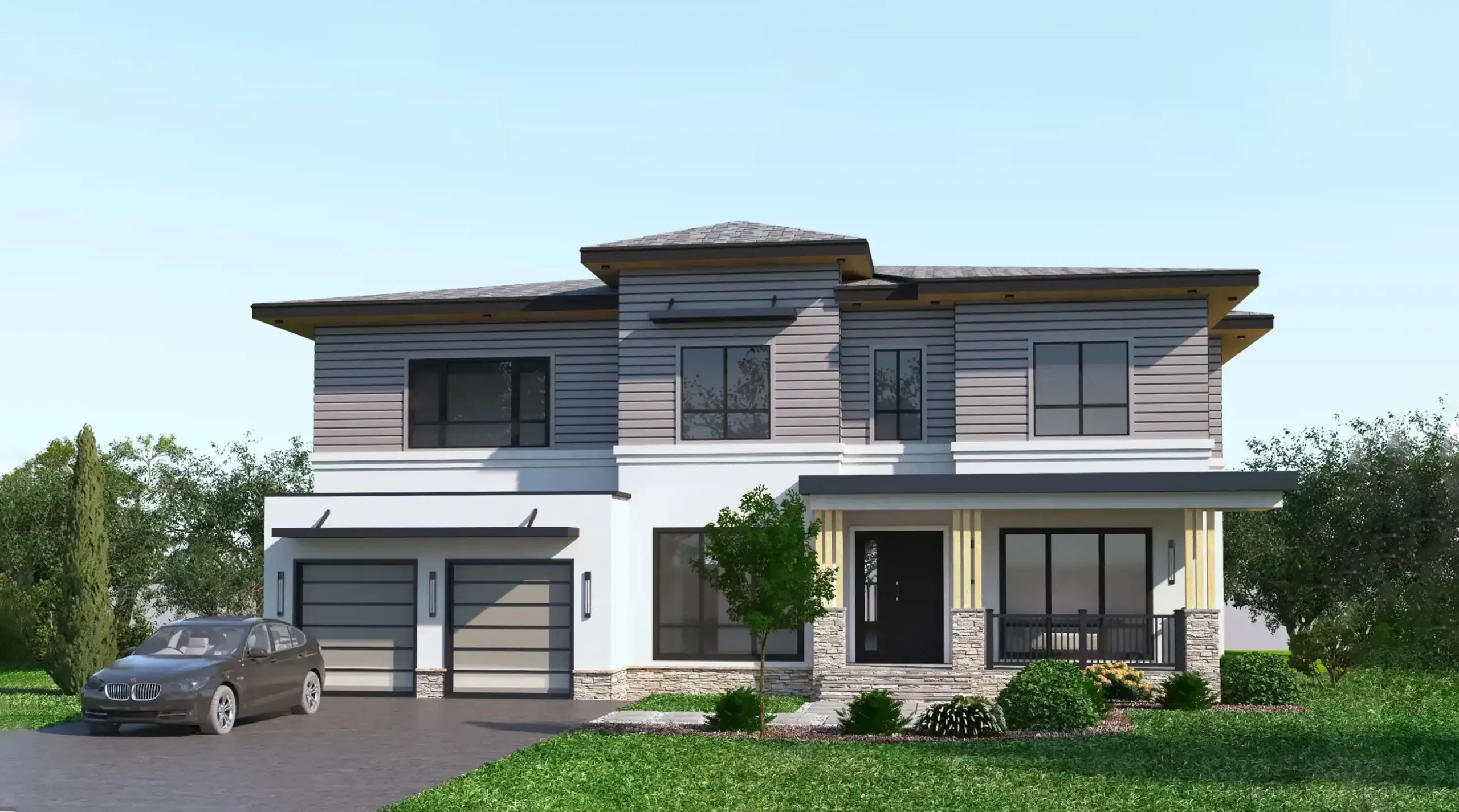
Modern contemporary style is a more recent variation of modern style that combines elements of both modern and contemporary design. It often incorporates clean lines, neutral colors, and a focus on functionality, but also incorporates more organic, curved shapes and a focus on natural materials. Examples of modern contemporary design elements include open floor plans, natural wood or stone accents, and a mix of modern and traditional furnishings. Modern contemporary style is particularly well-suited for those who want a more contemporary look but also value a connection to nature. Some key features of modern contemporary style include:
- Clean lines
- Neutral colors
- A mix of modern and traditional furnishings
- Incorporation of organic, curved shapes
- Focus on natural materials and open floor plans
Modern Transitional Style:
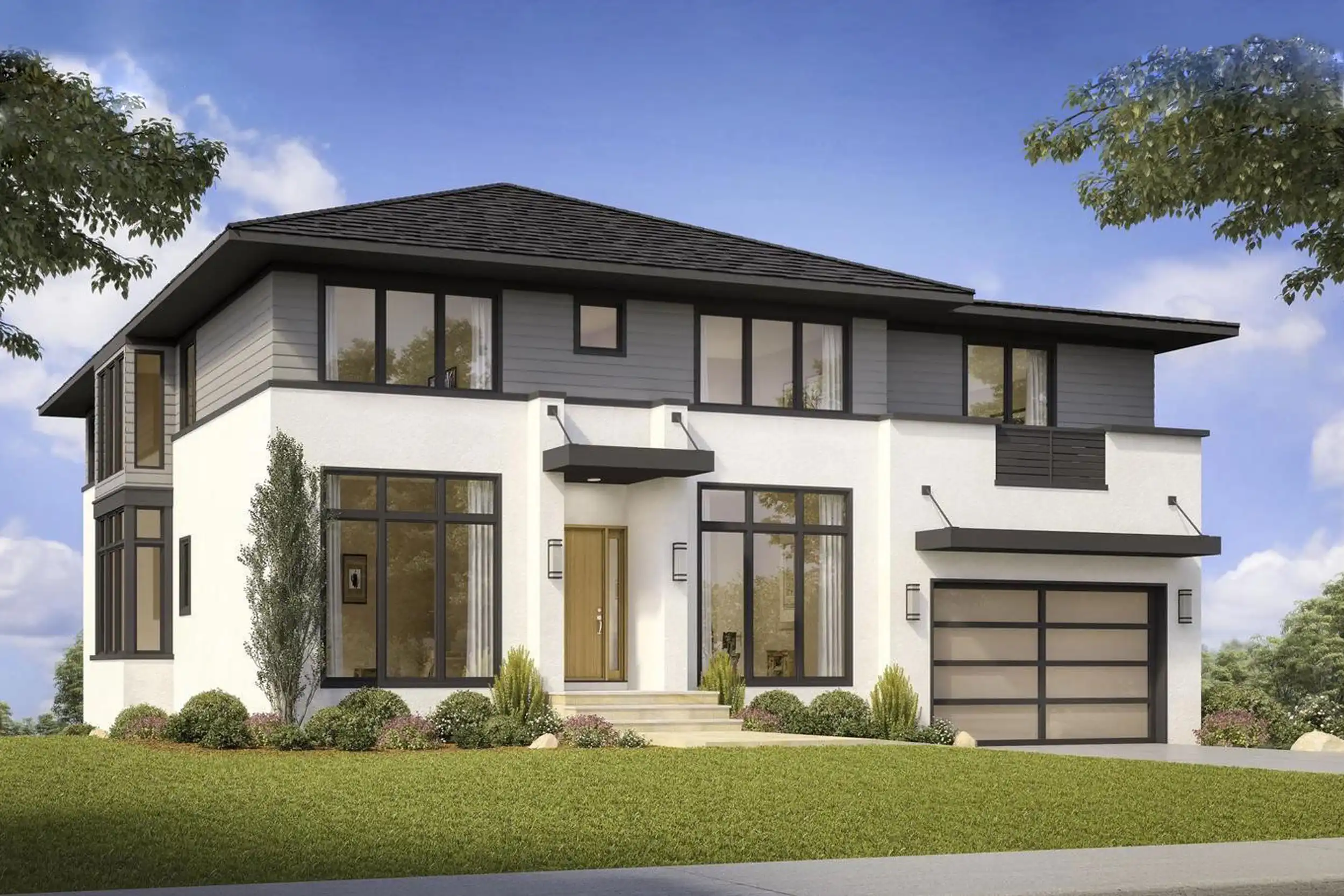
Modern transitional style is a blend of modern and traditional design elements that creates a cohesive, timeless look. It often incorporates clean lines and neutral colors, but also incorporates elements such as crown molding and traditional cabinetry. Examples of modern transitional design elements include a mix of modern and traditional furniture, a combination of sleek and ornate details, and a focus on functionality. Modern transitional style is particularly well-suited for those who want a cohesive, timeless look that combines elements of both modern and traditional design. Some key features of modern transitional style include:
- Blend of modern and traditional design elements
- Clean lines
- Neutral colors
- A mix of modern and traditional furniture
- Incorporation of traditional elements such as crown molding and cabinetry, while maintaining a focus on functionality
Contemporary Style:
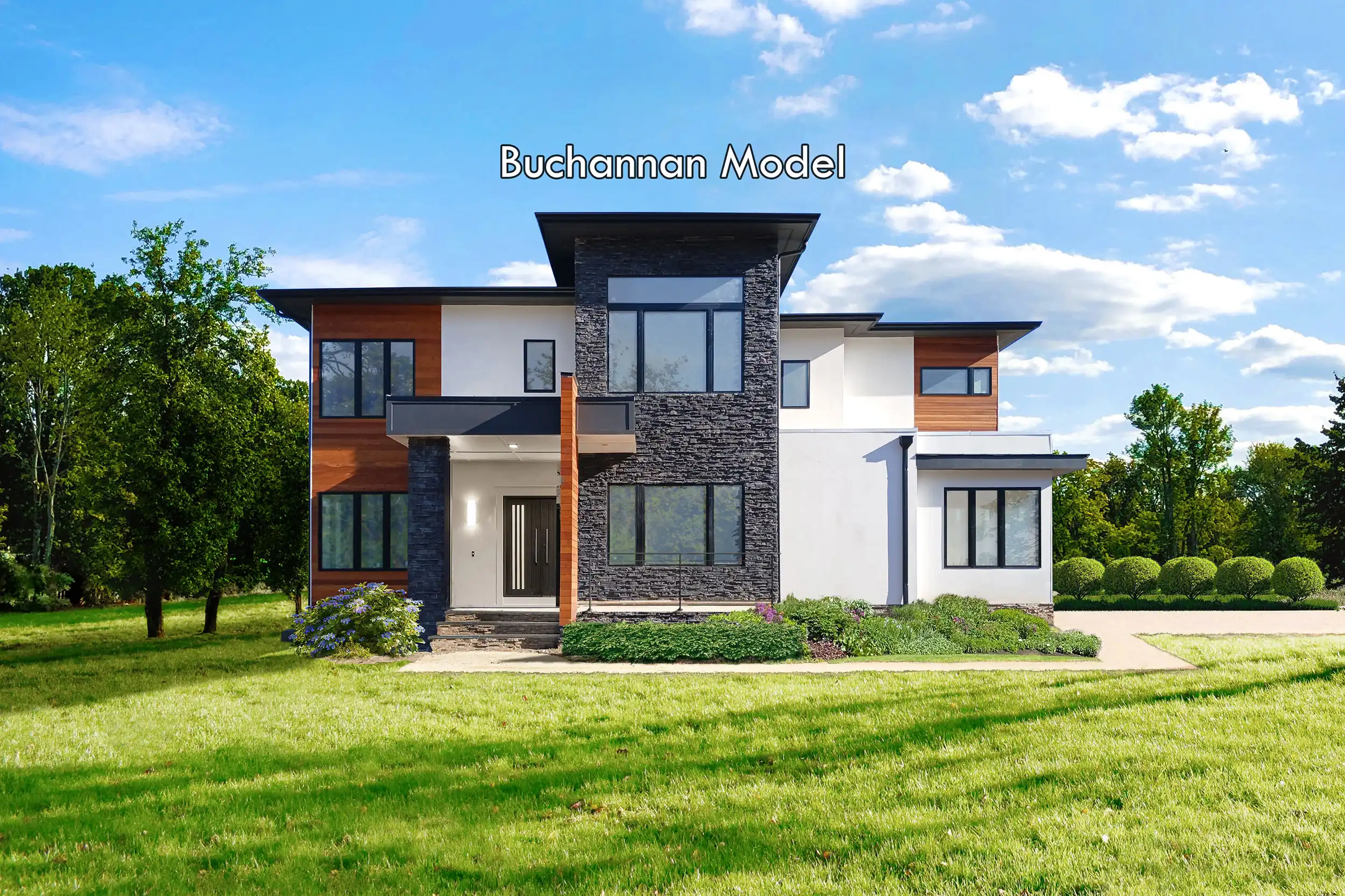
Contemporary style is characterized by a more avant-garde aesthetic that incorporates bold, abstract shapes and a focus on function and simplicity. It often incorporates clean lines, neutral colors, and a focus on simplicity and functionality. Examples of contemporary design elements include geometric shapes, irregular forms, and a mix of different materials. Contemporary style is particularly well-suited for those who value a more abstract, forward-thinking aesthetic and a focus on function. Some key features of contemporary style include:
- Bold, abstract shapes
- Clean lines
- Neutral colors
- A mix of different materials
- Focus on simplicity and functionality
When deciding between different home styles, it’s important to consider what aesthetic and functional features are most important to you. Whether you value simplicity and functionality, traditional craftsmanship, a cozy and welcoming feel, or a more avant-garde aesthetic, there is a home style that will suit your needs and preferences. By understanding the key characteristics of each style, you can choose the one that best reflects your personality and style.